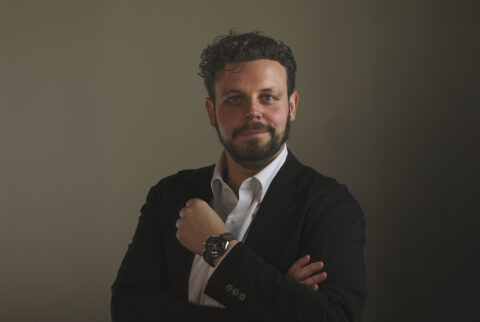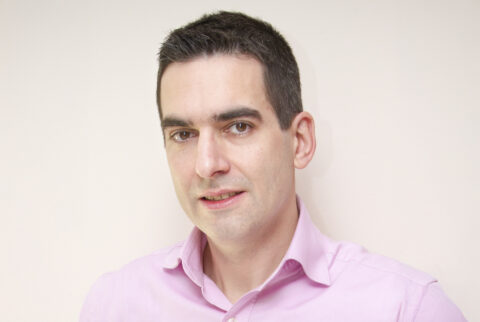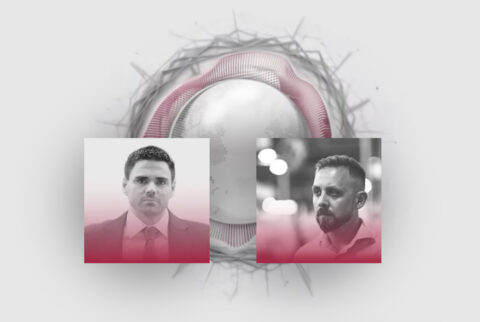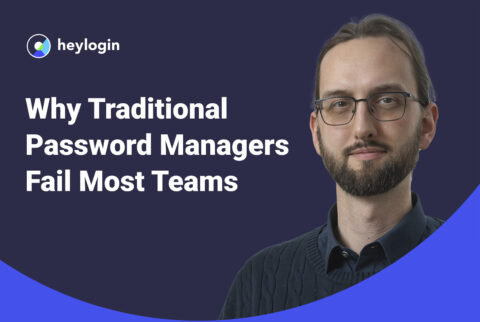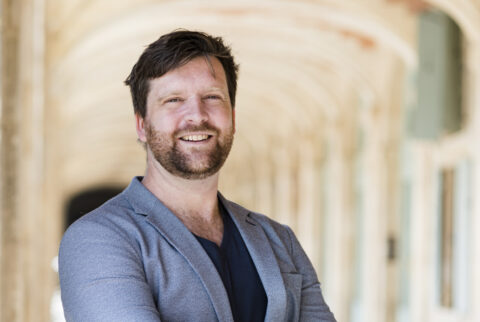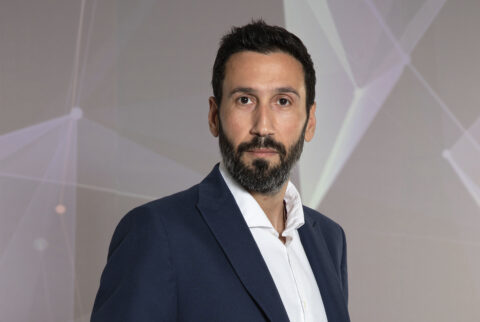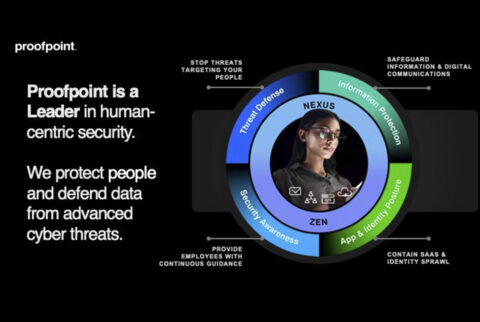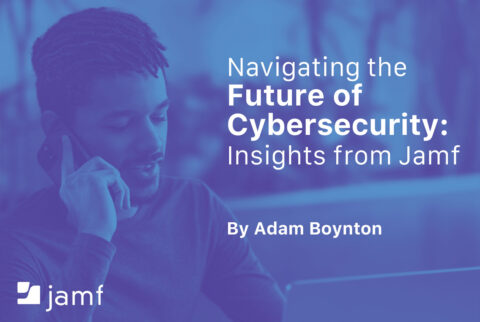Time Bomb Under Encryption: How Quantum Computers Threaten Our Data
On May 21 and 22, Cybersec Europe will welcome a leading researcher in the field of post-quantum cryptography. Jan-Pieter D’Anvers, postdoctoral researcher at COSIC, KU Leuven, will answer a crucial question: how much time do we have left to tackle the quantum threat to our current encryption systems?
Although quantum computers are not yet powerful enough to break standard encryption methods, the technology is advancing rapidly. “Many types of data need to remain encrypted for years or even decades,” warns D’Anvers. “This means that information protected today may become vulnerable in the future if quantum computers are able to decipher it.”
This threat has already prompted the United States to act, requiring applications to be quantum-resistant by 2035. However, D’Anvers emphasizes that for some use cases, that deadline may already be too late.
Cryptographic Agility
During his keynote on the Main Stage, D’Anvers will explain why the shift to post-quantum cryptography is urgent. He will delve into the necessity of quantum-resistant encryption and what the transition will look like. “Waiting until quantum computers can actually crack encryption is too late,” D’Anvers states. “Companies must assess their cryptographic infrastructure now to identify and address vulnerabilities.”
Cryptographic agility becomes a critical factor in this process – systems must be able to rapidly respond to new cryptographic threats and solutions to ensure long-term security.
In addition to his keynote, D’Anvers will also present on the Tech Stage at Cybersec Europe. This session focuses on a related but distinct topic: fully homomorphic encryption. This groundbreaking technology allows computations to be performed on encrypted data without the need to decrypt it.
While post-quantum cryptography addresses the immediate threat of quantum computing, fully homomorphic encryption opens up new possibilities and use cases for sensitive data in sectors such as healthcare, finance, and industry. In his Tech Stage session, D’Anvers will explore the current state of this technology, ongoing developments, and practical applications. He will also demonstrate how it enables secure and privacy-friendly data processing.
Jan-Pieter D’Anvers will speak on both the Main Stage and the Tech Stage/Theatre on Day 2 (May 22) of Cybersec Europe.
Interested in cybersecurity insights? Visit one of the (free) Cybersec events!
Cybersec Europe returns to Brussels on May 21 and 22, offering a platform to connect with experts, discover the latest cybersecurity innovations, and gain valuable insights. This year we welcome keynote speakers such as Mario Beccia, Max Schrems, and Anouk van Brug. Registration is free and now open: Cybersec Europe Registration.
Later this year, Cybersec Netherlands takes place on September 10 and 11 in Utrecht. Registration opens in April, but you can already sign up to stay informed: Stay Updated.

